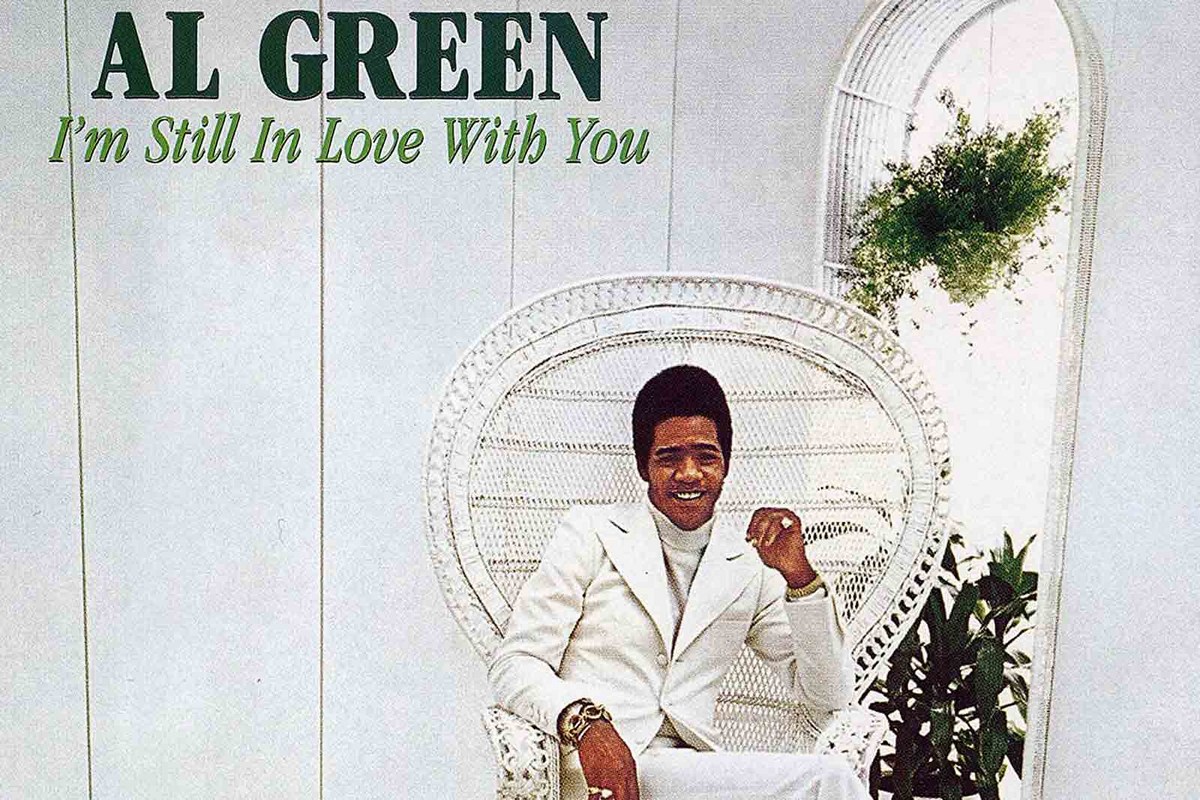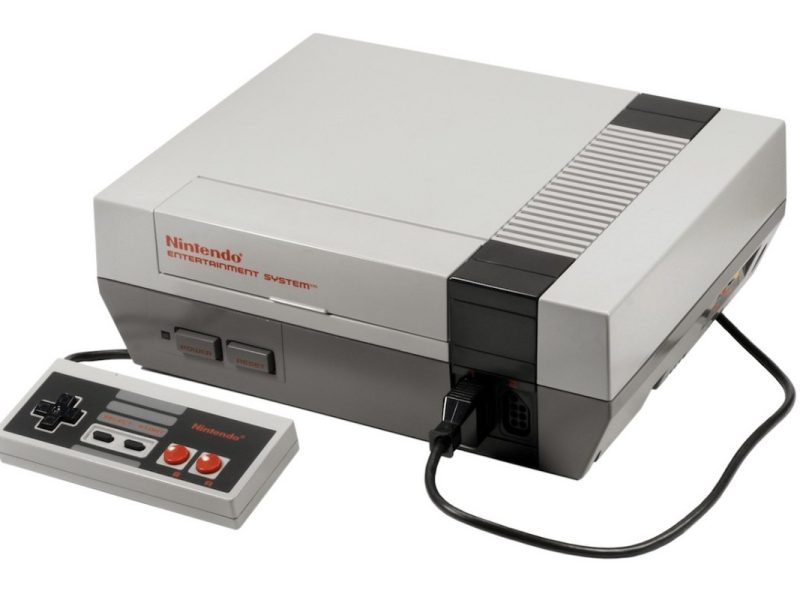The slow buildup that was Al Green’s career since the mid-’60s finally seemed to reach its high point on Let’s Stay Together. Now in his fifth year of recording, the January 1972 LP yielded a No. 1 pop and R&B single with the title track and a No. 1 album on the R&B chart.
Green and Willie Mitchell, the producer who helped shape the classic sound Green would soon become known for, wasted little time sitting on their new creative energy.
Less than nine months after Let’s Stay Together gave Green a fresh burst of confidence, he released a follow-up, I’m Still in Love With You, and soon repeated most of its predecessor’s chart feats: a No. 1 R&B album and single, and a best-ever showing on the pop LP chart.
And in many ways, the record, which was released in late September 1972, remains Green’s most accomplished work, a mix of originals and covers underlined by Mitchell’s reserved but precise production and the expert playing by a group of pros at Memphis’ Royal Recording Studios, including guitarist Teenie Hodges and Stax vets Al Jackson Jr. on drums and trumpet player Wayne Jackson.
Listen to Al Green’s ‘I’m Still in Love With You’
Green’s first three albums – Back Up Train, Green Is Blues and Al Green Gets Next to You – steadily worked their way toward the gold template, featuring a mix of covers and originals. Those covers (at first the Beatles, Gershwin and the Temptations) got more daring as time went on: Let’s Stay Together included a revelatory, six-and-a-half-minute version of Bee Gees’ “How Can You Mend a Broken Heart.”
On I’m Still in Love With You he added some country in the form of Kris Kristofferson’s “For the Good Times,” a country No. 1 and Top 15 pop hit for Ray Price in 1970. But more significantly he added another element to his musical stew: a career and lifelong struggle between the spiritual and secular. As Green became more famous, the greater that inner battle raged. (A girlfriend threw boiling grits on the singer in 1974 and then killed herself; five years later he stopped making popular music to focus on gospel instead.)
There are signs of all this on I’m Still in Love With You – from song choices to Green’s delivery to Mitchell’s thoughtful, often weary-sounding production and arrangements. Fame and its trappings were catching up with Green, who nevertheless delivered some of his finest performances on the record. Following Call Me, released in April 1973 and capping a productive 15-month run with another instant classic, Green’s music steadily became less exciting and more predictable. I’m Still in Love With You is the centerpiece of his great ’70s run.
Listen to Al Green’s ‘Love and Happiness’
The album’s first two singles, “Look What You Done for Me” and the title track, were written by Green, Mitchell and Al Jackson Jr., and both went Top 5 pop and R&B. (“I’m Still in Love With You” earned Green the second of his seven No. 1s on the R&B chart.) Green’s solo contributions to the album grew, too. He wrote four of the nine songs by himself and assisted in three others.
I’m Still in Love With You‘s two cover songs reflect Green’s past record-making habits: Roy Orbison’s “Oh, Pretty Woman” is a ’60s carryover reworked for the bedroom, but “For the Good Times” takes a cue from Green’s Bee Gees remake from the previous year. Running (again) for six-and-a-half sultry minutes, Kristofferson’s meditation on lost love reaches its apex in Green’s heartbreaking, sympathetic reading.
It’s a flip on the album’s best song, the Green- and Hodges-penned “Love and Happiness,” a celebration of a relationship still in bloom rooted in Green’s gospel background and future. It’s since become one of Green’s most popular songs, but Hi Records decided not to release it as a single in Green’s native country at the time. (“Love and Happiness” was released overseas in 1973 and eventually made it to a U.S. single in 1977, two years after Green’s final Top 30 hit and R&B No. 1. It stalled outside the Hot 100.)
I’m Still in Love With You, which was Green’s fifth album, became his highest-charting record on the Billboard 200, peaking at No. 4. It was also his second of six straight No. 1s on the R&B chart and remains his only platinum-selling LP aside from 1975’s Greatest Hits. The album established Green and Mitchell – as well as the backing group they assembled – as one of the era’s greatest record-making teams, guided by an instantly identifiable style that combined simmering restraint, bubbling sensuality and tightly anticipated release. It’s quietly funky without forcing the issue, and it’s never been topped – by Green or anyone else.
Top 25 Soul Albums of the ’70s
There’s more to the decade than Marvin Gaye and Stevie Wonder, but those legends are well represented.



